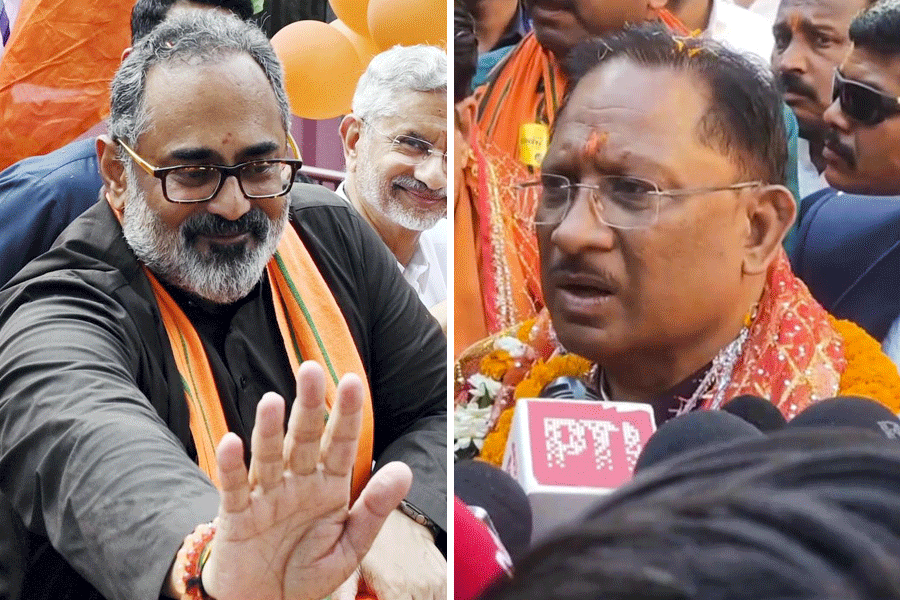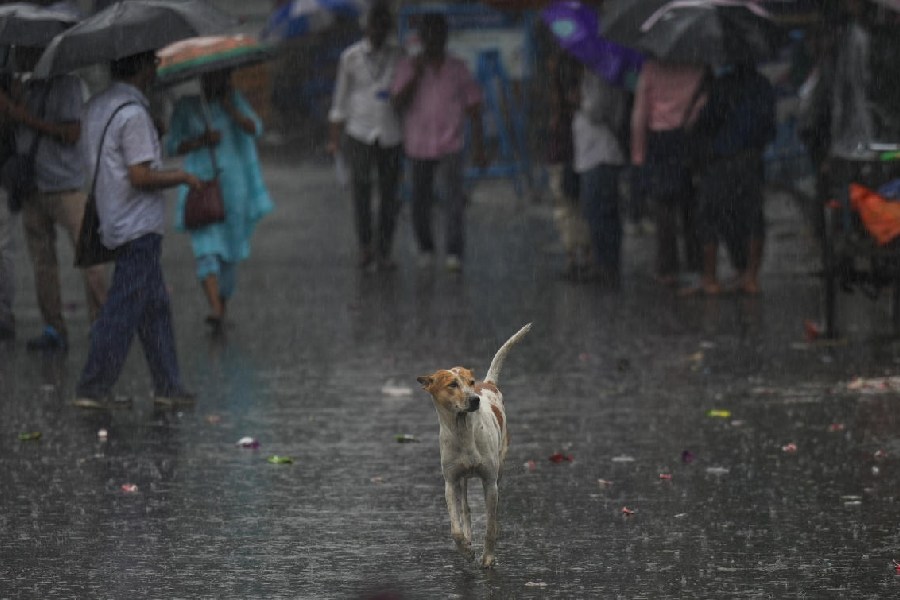
Sonepur/Sambalpur: Forty monks staying in the monastery of Bhima Bhoi Samadipitha Trust on Friday observed Nuakhai, but it was not the way the common people of west Odisha have been celebrating since ages.
People of west Odisha first offer the new crop to the local deity and then offer it to the family deity. But, the followers of Mahima dharma offer it to the "Sunya Brahma", who is worshipped in Sunya Mandir at Khaliapali. Dambarudhar Das, a monk in the Khaliapali monastery, said they worshipped sunya (nothingness), which was propagated by Bhima Bhoi. "We get up early in the morning on the Nuakhai day. Each inmate of the monastery wash the sacred kathau (wooden shoes) of Bhima Bhoi and Maa Annapurna (Bhima Bhoi's spiritual partner), which are housed in a small temple near the Sunya Mandir with saptambruta. The new paddy crop is then placed on a new clay pot, and we offer it to the Sunya Brahma by raising it towards the sky," he said.
"Thereafter we take the new crop together and greet one another. This is followed by programme of recital of the immortal poems penned by the saint poet," he said.
Historian Sudam Naik said the Mahima dharma followers of Khaliapali had been observing Nuakhai since the time when the saint poet came there to make it his work place.
Bhoi made Khaliapali in Sonepur district during the late 19th century his native place and also his permanent abode.
The festival was observed in Sambalpur, Balangir and Sonepur districts. People consumed the new crop after offering it to Goddess Samaleswari.
In Sambalpur, the auspicious first rice was offered to Goddess Samaleswari with chanting of mantras, beating of drums and other musical instruments inside the temple complex.
After performing the ceremonial bath and other rituals of Samaleswari, the goddess was draped in new saree and decked with ornaments. Main priest Ambika Rai and three others entered the temple and offered nabanna, the new rice.
Thousands witnessed mangal arati.
Similar celebrations were held, and at the same time, new rice offered to Patneswari at Patnagarh, Sureswari in Sonepur, Raktamvari at Khariar, Manikeswari at Bhawanipatna.











